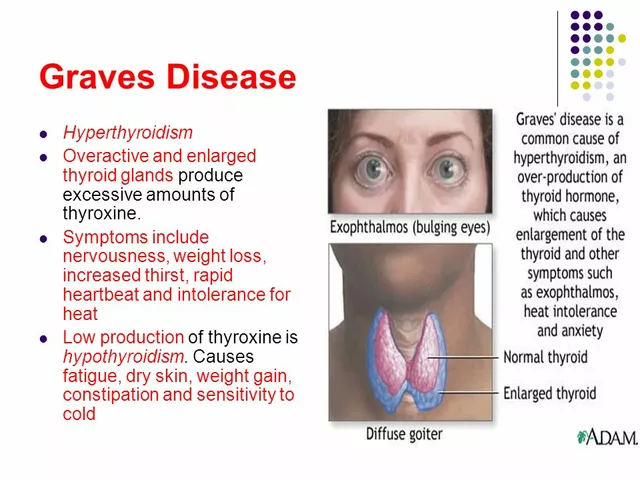How and Where to Buy Decadron Online Safely in 2025
July 26 2025Hair Growth: Understanding the Science and Finding Real Solutions
When talking about hair growth, the process by which new hair strands emerge from follicles on the scalp and body. Also known as hair regeneration, it depends on hormonal balance, nutrient supply, and follicle health. Knowing how these pieces fit together helps you spot what’s slowing you down before you invest in pricey fixes.
One of the biggest players in the hair cycle is the hormone dihydrotestosterone (DHT). 5-alpha-reductase inhibitor, a drug class that blocks the enzyme converting testosterone to DHT can shrink the impact of DHT on follicles, slowing loss and sometimes prompting regrowth. Common names include dutasteride (Avodart) and finasteride, each with its own potency and side‑effect profile. Alongside medication, scalp health, the condition of skin, oil balance, and micro‑circulation on the head matters—a flaky or overly oily scalp can choke hair shafts and impair growth.
What You’ll Discover in This Collection
Our articles dive into practical angles: the science behind DHT blockers, how to weigh Avodart against alternatives, and what supplements—like biotin, zinc, and saw palmetto—might boost the environment for growing strands. We also cover lifestyle tweaks: diet choices that feed follicles, stress‑management methods that keep the growth phase steady, and simple scalp‑massage techniques that improve blood flow. If you’ve tried over‑the‑counter shampoos with little luck, you’ll find evidence‑based tips that go beyond surface‑level marketing.
Medication comparisons are a core focus. For example, dutasteride inhibits both type I and type II 5‑alpha‑reductase enzymes, offering broader DHT suppression than finasteride, which targets only type II. That difference can translate to stronger hair‑preserving results but may also raise the chance of side‑effects like reduced libido. Our guides walk you through dosage ranges, cost considerations, and how to discuss options with a dermatologist, so you can decide what fits your health profile.
Supplements get the same realistic treatment. Biotin is popular, yet most people already get enough from food; excess intake rarely adds extra growth. Zinc supports enzyme function in hair follicles, but deficiency is the real trigger, not megadoses. Saw palmetto is a plant‑based DHT reducer, but clinical data is mixed—some users see modest benefits, others notice none. We lay out the science, typical doses, and warning signs to watch for, helping you avoid wasteful spending.
Beyond pills, everyday habits can tip the scales. A diet rich in lean protein, omega‑3 fatty acids, and antioxidants fuels the building blocks of keratin, the protein that makes up hair. Regular exercise improves overall circulation, which feeds follicles with oxygen and nutrients. Stress triggers cortisol spikes that push hair follicles into the resting phase; mindfulness, adequate sleep, and regular relaxation can keep that cycle from spiraling.
All these pieces—hormones, medication, supplements, scalp care, and lifestyle—interact like a puzzle. The articles below piece that puzzle together, giving you clear, actionable insights whether you’re just starting to notice thinning or you’ve been battling loss for years. Dive in to find the strategies that match your needs and start turning the tide on hair loss today.
 21 Oct
21 Oct
Minoxidil, Finasteride, and Diet: How Nutrition Impacts Hair Growth
Learn how Minoxidil, Finasteride, and diet work together to boost hair growth. Practical nutrition tips, meal plans, and monitoring help you get the most from your treatment.
Read More...



